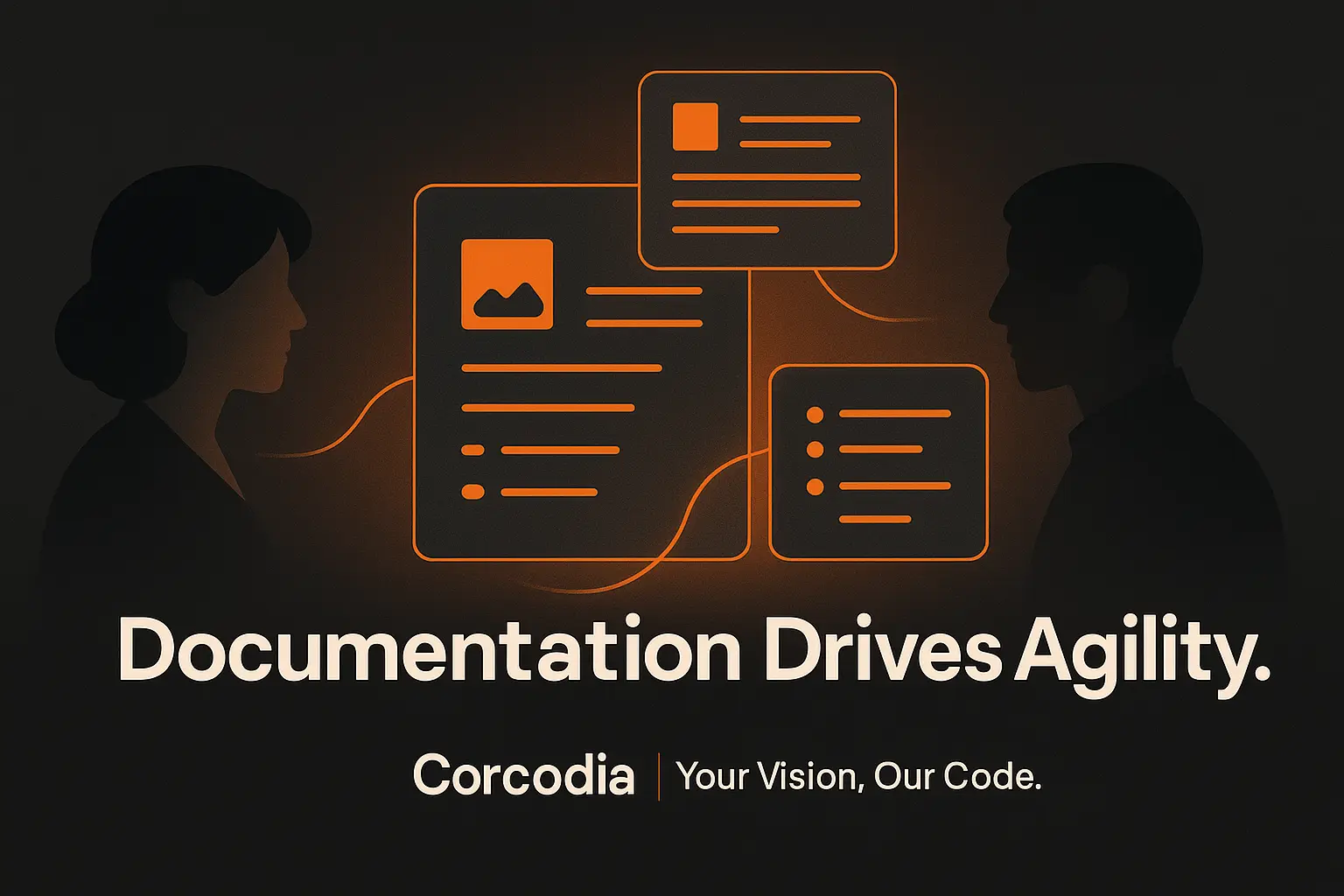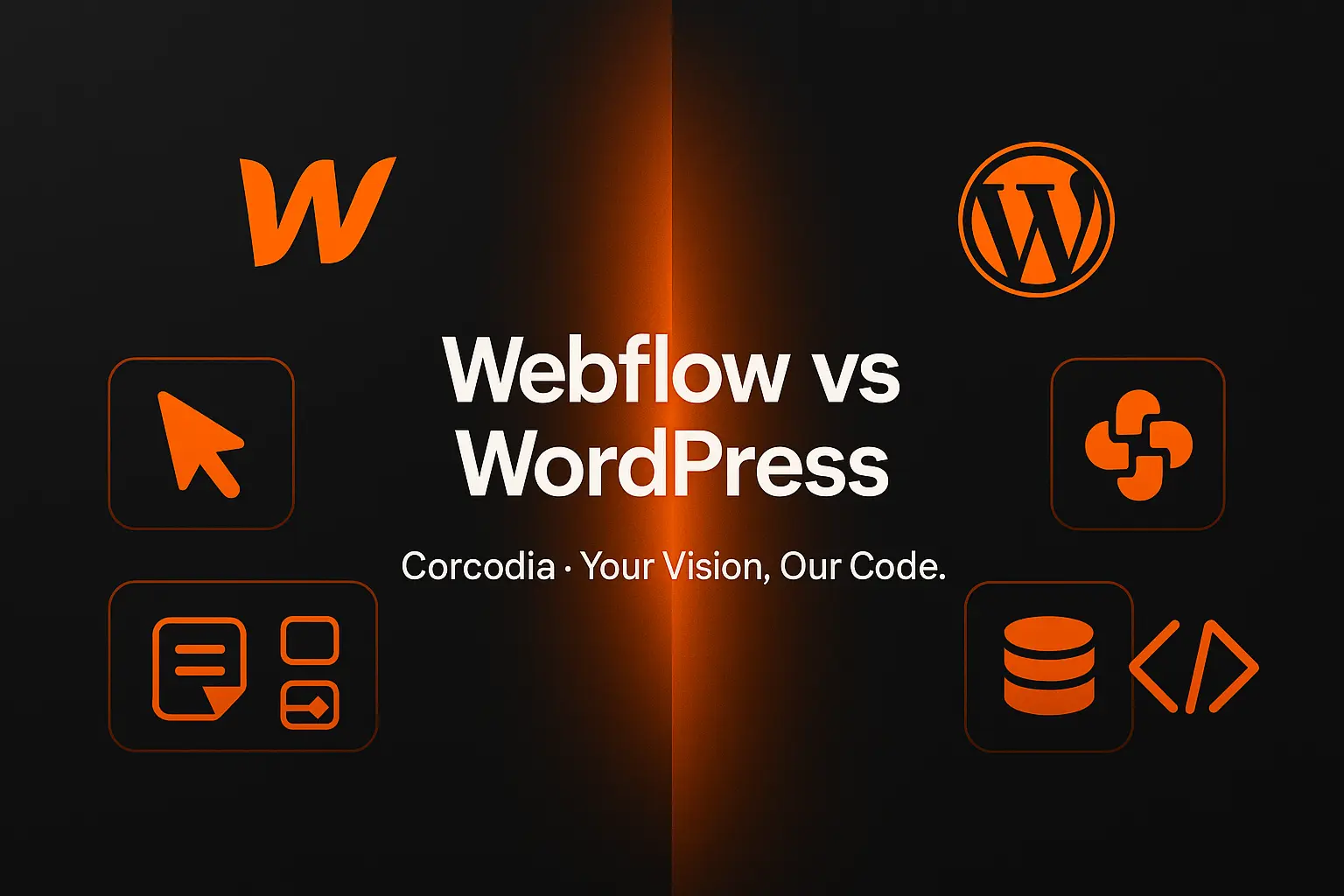
Every successful design begins with understanding. Through research, user interviews and competitive analysis, teams uncover user goals, pain points and behavior patterns. This stage defines the foundation for all design decisions.
Once insights are gathered, designers transform them into structured ideas. Wireframes and user flows help visualize the navigation hierarchy, ensuring that every interaction supports both usability and business objectives.
At this stage, the interface comes to life. Color palettes, typography and iconography align with brand identity - creating visual harmony and emotional engagement.
Interactive prototypes allow teams to simulate user experiences before development begins. Real users provide feedback, helping identify usability gaps early and refine flows for maximum efficiency.
The UI/UX workflow doesn’t end with delivery. Collaboration tools (Figma, Zeplin or Storybook) ensure developers translate designs accurately. Post-launch analytics guide further iterations - making design a living, evolving system.
Conclusion
A great interface is not born by chance - it’s crafted through a process that merges empathy, logic and aesthetics. A complete UI/UX workflow turns creative concepts into digital experiences users truly love.


